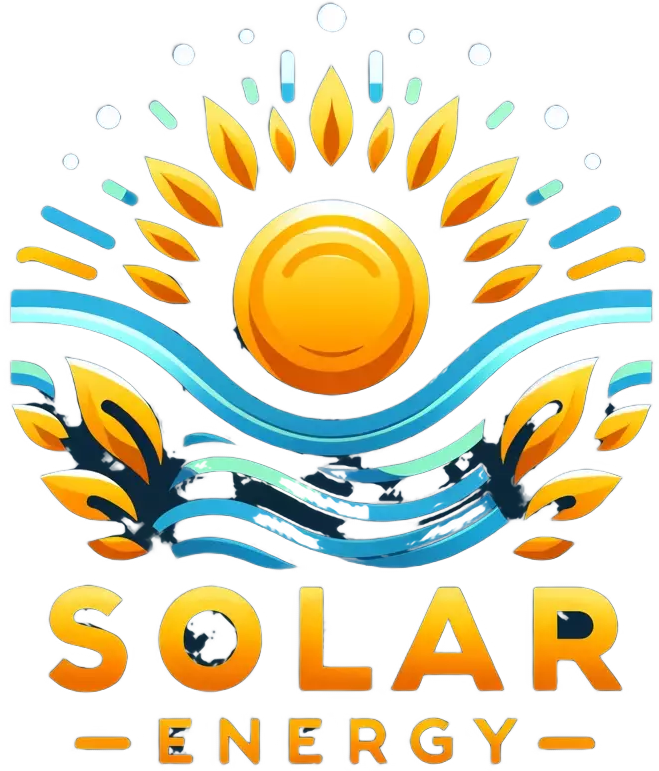Embarking on the journey to harness solar energy at your site, whether it’s a residential property, commercial building, or an undeveloped piece of land, is a commendable decision towards sustainability and energy independence. However, to ensure that you make the most out of this venture, understanding the intricacies of setting up and optimizing your solar site is crucial. This guide will walk you through the essential steps and considerations for maximizing your solar site’s efficiency and sustainability, providing you with the knowledge you need to embark on this green energy journey confidently.
Understanding Your Solar Site’s Potential
Before diving into the world of solar panels and inverters, the first step is to assess the solar potential of your site. This involves considering several factors, including geographic location, climate, and the physical characteristics of the site itself.
Geographic Location and Climate
The amount of sunlight your site receives is significantly influenced by its geographic location. Sites closer to the equator typically receive more sunlight year-round. However, solar energy can be viable in many climates, thanks to modern, efficient solar panel technology. Additionally, local weather patterns, such as frequent cloud cover or fog, can affect the daily and seasonal solar potential of your site.
Physical Site Characteristics
The orientation (azimuth) and tilt of your solar panel installation play a pivotal role in maximizing solar energy capture. In the Northern Hemisphere, solar panels should generally face south to capture the most sunlight throughout the day. Factors such as shading from trees, buildings, and other structures can also impact the effectiveness of your solar setup and should be considered during the site assessment phase.
Optimizing Solar Panel Efficiency
Once you’ve assessed your site’s solar potential, the next step is to choose and install solar panels in a way that maximizes their efficiency and energy output.
Choosing the Right Solar Panels
Not all solar panels are created equal. Depending on your site’s specific needs and characteristics, certain types of panels may be more suitable. Monocrystalline panels, for example, are known for their high efficiency and durability, making them a popular choice for sites with limited space. Polycrystalline panels, while slightly less efficient, can offer a more cost-effective solution for larger installations.
Installation Best Practices
Proper installation is key to ensuring that your solar panels operate at peak efficiency. This includes optimizing the angle and orientation of your panels to match your specific location, as well as minimizing shading and other obstructions. Additionally, regular maintenance, such as cleaning the panels to remove dust and debris, can significantly impact their performance over time.
Leveraging Solar Incentives and Technology
To further enhance the viability and financial attractiveness of your solar site, it’s important to explore the various incentives available and stay abreast of the latest solar technologies.
Solar Incentives and Rebates
Many governments and local authorities offer incentives, rebates, and tax breaks to encourage solar energy adoption. These can significantly reduce the upfront cost of installing solar panels and improve the return on investment for your solar site. Researching and applying for these incentives should be a priority in your solar project planning phase.
Emerging Solar Technologies
The solar energy sector is rapidly evolving, with new technologies continually emerging. Innovations such as bifacial solar panels, which capture sunlight from both their front and back sides, and solar tracking systems, which adjust the panels’ position to follow the sun’s path, can offer enhanced efficiency and energy production for your solar site.
Solar Site FAQ
To further aid in your understanding and planning for a solar site, here are answers to some frequently asked questions:
How do I determine the best location for solar panels on my property?
The best location for solar panels is typically an area that receives the most direct sunlight throughout the day, with minimal shading from trees, buildings, or other structures. A professional site assessment can help determine the optimal placement.
Can solar panels still generate power on cloudy days?
Yes, solar panels can still generate power on cloudy days, albeit at reduced efficiency. Modern solar panels are designed to capture diffused sunlight, ensuring some level of energy production even in less than ideal weather conditions.
What is net metering, and how can it benefit my solar site?
Net metering is a billing mechanism that credits solar energy system owners for the electricity they add to the grid. If your solar panels produce more electricity than you use, you can earn credits or get paid for the excess power, reducing your overall energy costs.
Conclusion
Setting up and optimizing a solar site is a multifaceted process that requires careful planning and consideration. By understanding your site’s solar potential, choosing the right solar panels, leveraging available incentives, and staying informed about emerging technologies, you can maximize the efficiency and sustainability of your solar energy project. As the world continues to move towards renewable energy sources, investing in a solar site not only contributes to a greener planet but also offers significant long-term benefits. With the right approach and resources, your solar site can become a beacon of sustainable energy for years to come.
